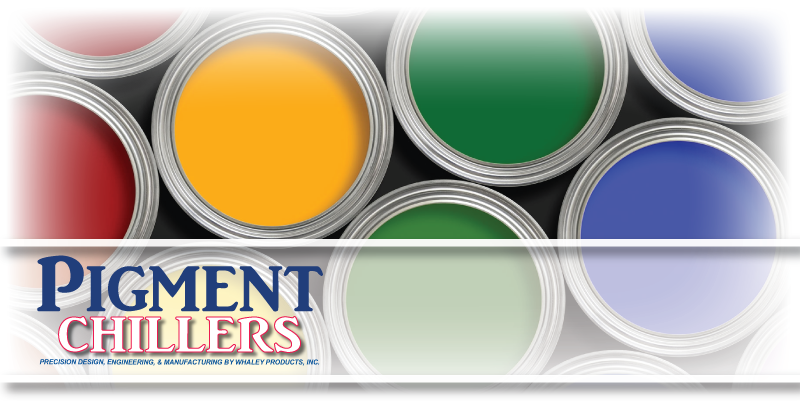There are a variety of additives used in the formulation of paints. These are chemicals or materials that provide the desired characteristics of the finish. Additives also provide support to the paint while it is being stored. Some materials are added to paint directly prior to application. An example of this kind of additive is sand, paint chips, or fine plastic particles which are manually mixed into the wet paint. This is done to provide a rough or non-slip surface. There are five categories that additives are broken into, they are listed and defined below.
Driers – These are used to accelerate the drying process. Some examples are cobalt, lead, zinc, zirconium, manganese, calcium, or barium.
Anti-Skinning Agents – This is a chemical added to the paint to prevent a crust from forming on the surface during storage. MEKO (methyl ethyl ketone oxime) is the most common.
Anti-Settling Agents – These chemicals make sure that the pigments stay evenly dispersed after mixing, and do not settle to the bottom while being stored.
Plasticizers – These are special oils, chlorinated paraffin, or phthalate esters. They improve paint elasticity and prevent cracking once it has dried.
Dispersants – These give paint specific properties for the desired applications they are intended for.
Texture – These include sand, paint chips, or plastic particles that are added to paint just prior to application. They provide non-slip surfaces or additional texture.


